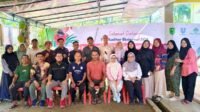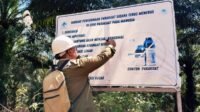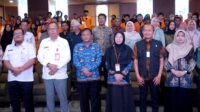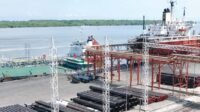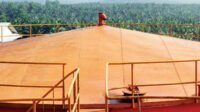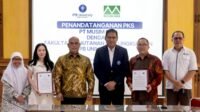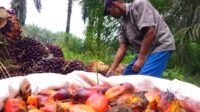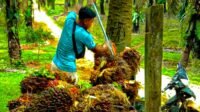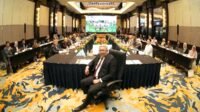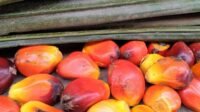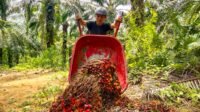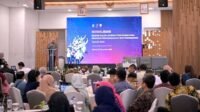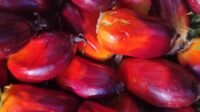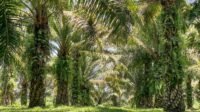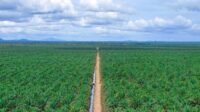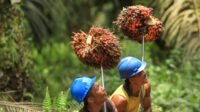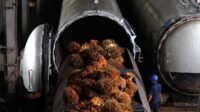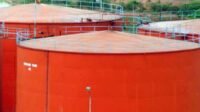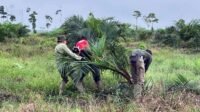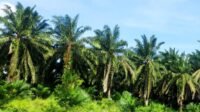PALMOILMAGAZINE, JAMBI — Amid growing environmental concerns and the urgent need to tackle climate change, independent palm oil farmers across Indonesia are undergoing a transformation. They are adopting regenerative agriculture—a farming approach focused on restoring soil health and ensuring long-term sustainability of their oil palm plantations.
This approach not only balances out the extractive practices of the past but also blends modern sustainable innovation with local wisdom long practiced by indigenous communities.
Restoring the Soil, Securing the Future
True to its name, regenerative agriculture centers on reviving soil ecosystems. The goal goes beyond maintaining productivity—it’s about nurturing biodiversity and turning oil palm plantations into a part of the climate solution.
“Soil is not just a growing medium—it’s the heart of life in the plantation. Healthy soil supports palm growth, stores carbon, and strengthens climate resilience,” explained FORTASBI’s technical team, as quoted by Palmoilmagazine.com on Tuesday (July 15, 2025).
Also Read: FORTASBI and BenihBaik Launch Forest Conservation Fundraising Campaign in Ketapang
In several ISPO- and RSPO-certified smallholder plantations, regenerative practices have already taken root. These include intercropping, agroforestry, livestock integration, and the use of organic fertilizers made from plantation waste like empty fruit bunches (EFB), palm fronds, and livestock manure.
These organic materials are typically spread around the base of oil palm trees, helping to improve soil structure, enrich nutrients, and revive soil microbial activity. Over time, previously compacted and nutrient-poor soils begin to recover.
A particularly effective method is the use of Turnera subulata, a flowering plant known locally as “pukul delapan,” to naturally control fire caterpillars—one of oil palm’s most damaging pests. These flowers attract natural predators, creating a balanced ecosystem that reduces the need for chemical pesticides.
Farmers also work to protect and enrich High Conservation Value (HCV) areas surrounding their plantations, in line with regenerative principles that prioritize not just yields, but also the integrity of the broader ecological landscape.
A Movement Rooted in Local Wisdom
The regenerative farming program, led by the Indonesian Sustainable Palm Oil Farmers Forum (FORTASBI) in collaboration with Setara Jambi Foundation and supported by FONAP, has been implemented by farmer groups such as the Merlung Renah Mendaluh Independent Farmers Forum (MRM) and the Berkah Mandah Lestari Farmers Association (APBML) in Tanjung Jabung Barat, Jambi Province.
In 2025, the program expanded to Simalungun (North Sumatra) and Ketapang (West Kalimantan), with support from partners like SNV, Agriterra, and Rainforest Alliance.
“We don’t just want to be productive—we care deeply about the soil, water, and biodiversity in our plantations,” said one member of APBML.
While transforming plantations into sustainable, soil-rich landscapes takes time, long-term investment in regenerative agriculture has proven to boost yields, strengthen local ecosystems, and empower smallholders as active contributors to global climate change mitigation.
FORTASBI emphasizes that regenerative agriculture is more than a farming method—it is a collective movement rooted in local traditions, yet with a bold vision for the future of sustainable agriculture. (P2)


